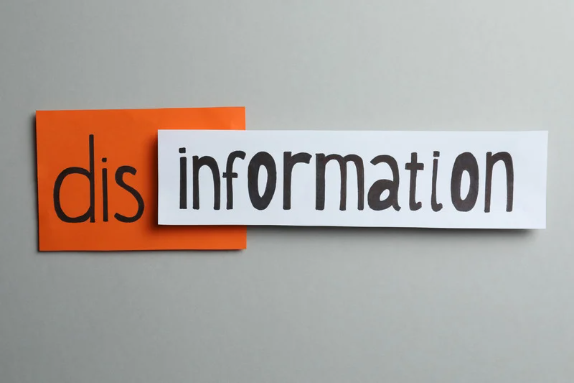Wait! That’s not true?!?
By: Anne Graves
In today's digital age, we're inundated with information—some credible, some not. According to the de Beaumont Foundation, hundreds of millions of people interact with trillions of pieces of content every MINUTE! For public health professionals, this deluge can be both a challenge and an opportunity. Both misinformation and disinformation pose serious challenges to public health. While misinformation involves false or misleading information shared without harmful intent, disinformation is deliberately spread to deceive. Both can undermine public health efforts, causing confusion, mistrust, and harmful behaviors.
Why should you care?
Rapid Spread of Misinformation: During health crises, false information can spread like wildfire. During the COVID-19 pandemic, myths about treatments and vaccines circulated widely, leading to vaccine hesitancy and poor health decisions.
Impact on Public Behavior: Misinformation can lead people to take actions that harm their health. A report from the World Health Organization highlighted that during the Ebola outbreak, misinformation led to resistance against health interventions, causing further spread of the virus. Similar trends were observed during the COVID-19 pandemic.
Erosion of Trust: Persistent misinformation and disinformation erode trust in public health institutions, which can make the public less likely to follow public health guidelines and recommendations, exacerbating health crises.
Strategies to Combat Misinformation and Disinformation
Use Proactive Communication: Engage with the public proactively by providing clear, accurate, and timely information. Use multiple platforms to reach diverse audiences and address common misconceptions.
Monitor and Respond: Keep an eye on social media and other digital platforms to detect and address false information quickly. There is an emerging science in public health called infodemiology. Infodemiology focuses on the distribution and determinants of health information online, aiming to track and counteract misinformation while promoting accurate health data.
Educate and Empower: Equip the public with reputable sources to critically evaluate health information.
Build Trust: Foster transparency and consistency in communication. Being open about what is known and what is still uncertain can build public trust and encourage compliance with health recommendations.
Together, we can protect the public’s health from false information. For more information, check out the Practical playbook for addressing health misinformation and the Public Health Communications Collaborative.
